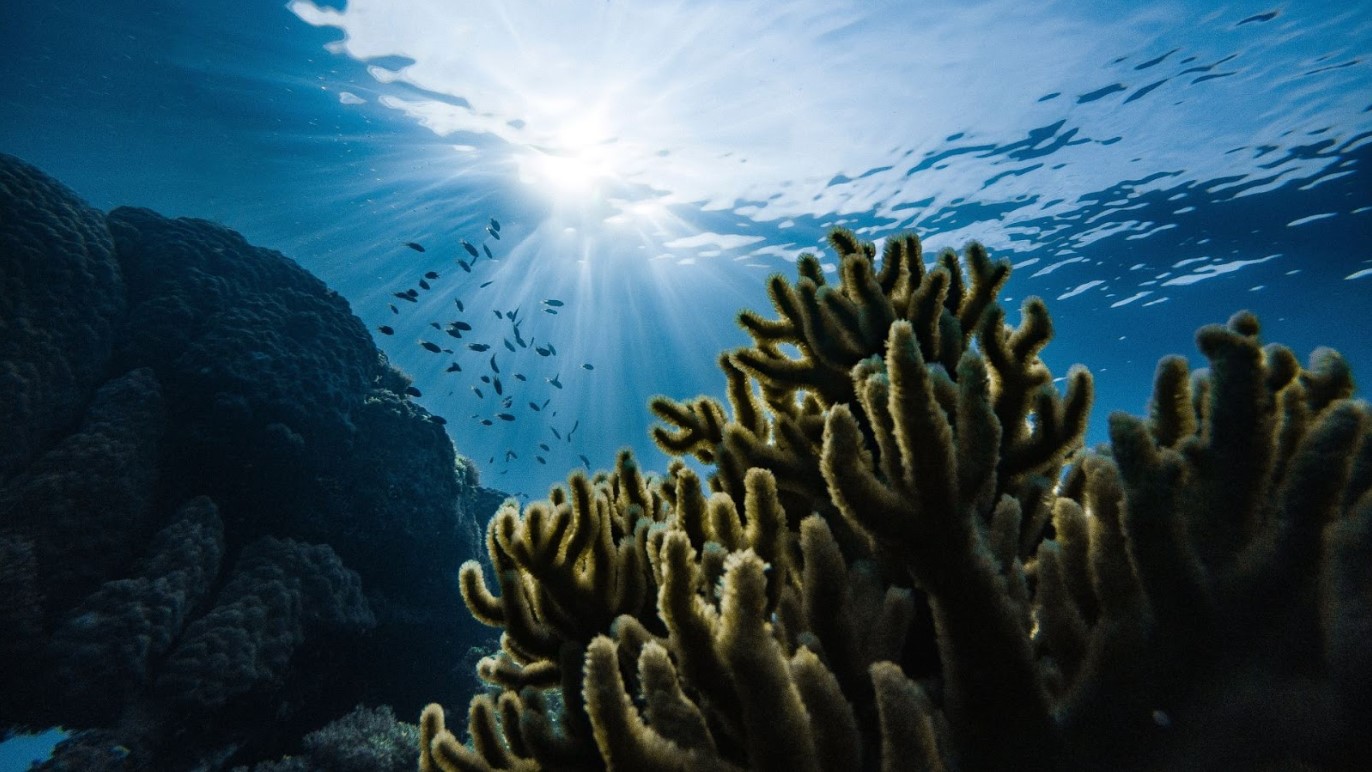Woman Finds 500-Year-Old Worm Creature No One Has Ever Seen Before
Researchers have recently shed light on one significant finding: a 500-million-year-old sea worm. This ancient specimen, while markedly different in size, possesses characteristics reminiscent of the fictional entities in the 2022 film adaptation of Dune.
The worm’s distinct features present an opportunity to explore new frontiers in paleontological research.
Shaihuludia Shurikeni: A Distinctive Marine Fossil
Located in the sprawling terrains of Utah and Idaho, this fossilized creature measures approximately 4 inches in length. Dr. Rhiannon LaVine, responsible for this monumental discovery, said, “I’ve been involved in describing species before, but this is the first one I’ve named.”

Source: Danny Burke/Unsplash
LaVine explained the worm’s title draws inspiration from Frank Herbert’s iconic Dune series and the term ‘shuriken’, a Japanese throwing star, reflects the worm’s unique morphology. “It was the first thing that came to mind because I’m a big ol’ nerd, and at the time I was getting really excited for the Dune movies.”
A Rare and Noteworthy Species
Julien Kimmig, a paleontologist with the State Museum of Natural History in Karlsruhe, Germany, noted, “Annelids are very rare in the Cambrian of North America, and so far we only knew of a single specimen from the Spence Shale.”

Source: Rhiannon LaVine/University of Kansas
The unique chaetae (bristles) of Shaihuludia shurikeni make it particularly remarkable in the annelid lineage.
Preservation and Analysis
Additionally, researchers observed the fossil’s soft tissue preservation as an iron oxide ‘blob’, indicating that before the animal was fossilized, it died and spent some time decaying.

Source: Rhiannon LaVine/University of Kansas
Although uncommon, this preservation method offers a unique window into the worm’s anatomy and life cycle. Advanced research techniques have further emphasized the scientific value of such a specimen, even when preserved in this atypical manner.
Broader Implications for Marine Paleontology
In addition to the Shaihuludia shurikeni, another fossil was reidentified as Burgessochaeta, a species previously assumed to be exclusive to Canadian regions.

Source: Marek Okon/Unsplash
This revelation underscores the vast and intricate marine ecosystems prevalent during the mid-Cambrian era. This period in Earth’s history was marked by an unparalleled surge in invertebrate species, underscoring the marine biodiversity of the time.
